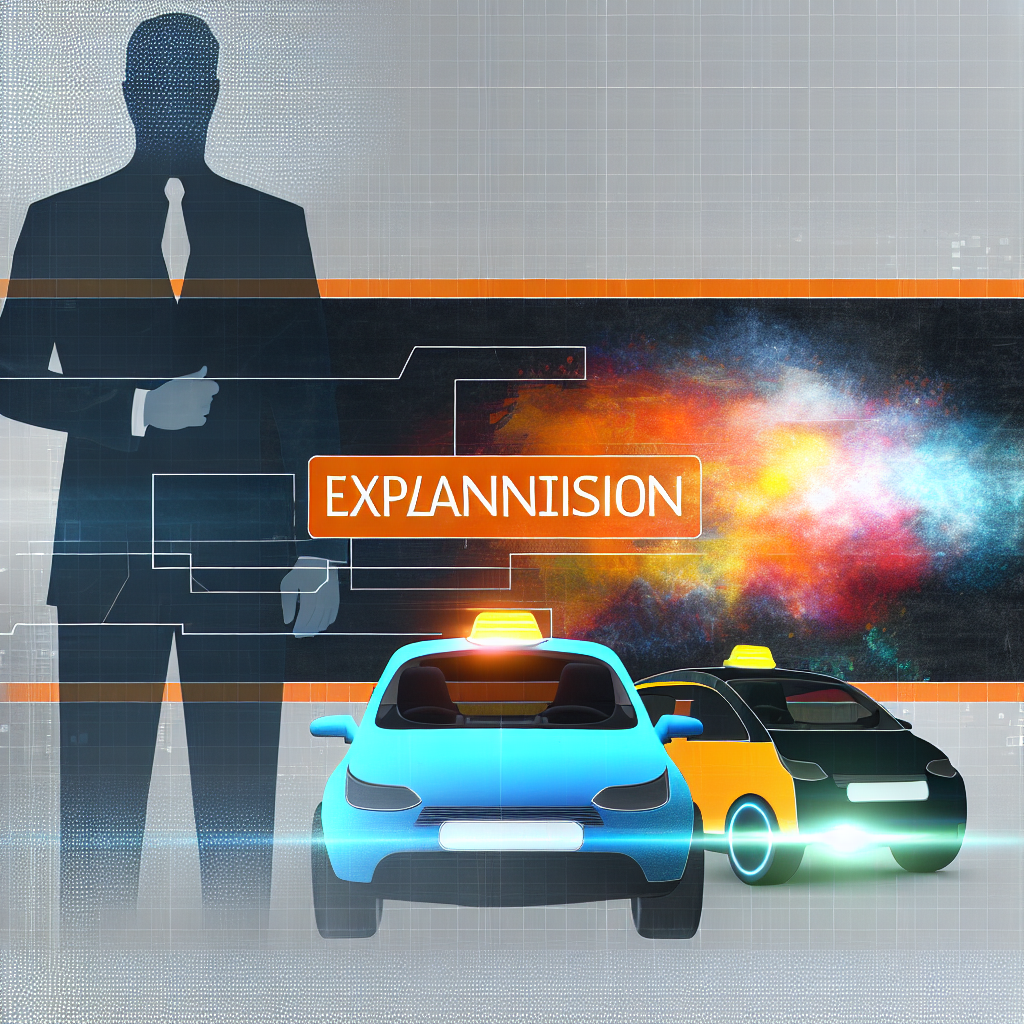Introduction
As CEO of InOrbis Intercity and an electrical engineer with an MBA, I’ve watched Tesla’s autonomous ambitions unfold from speculative concept to operational service. On October 14, 2025, Teslarati reported that Tesla is actively preparing to deploy its Robotaxi ride-hail service in two new U.S. states, beyond its current footprints in Texas and the Bay Area [1]. This move underscores Elon Musk’s commitment to scaling up full self-driving (FSD) capabilities and establishing Tesla as a major player in the autonomous mobility market. In this article, I’ll examine Tesla’s evolution, regulatory strategy, technical approach, market impact, expert perspectives, and the roadmap to operationalizing Robotaxis in new regions.
Evolution and Regulatory Strategy
Tesla’s journey with Robotaxis began as a visionary tease by Elon Musk in 2019. The notion of a network of autonomous vehicles raised eyebrows—especially given Tesla’s camera-only sensor strategy. Yet on June 22, 2025, Musk officially launched the invite-only Robotaxi service in Austin, Texas, deploying a geofenced fleet of Model Y vehicles with human safety monitors in the front passenger seat [2]. Within weeks, Tesla expanded the service area in Austin and introduced a dual-monitor configuration: safety drivers in the front seat for suburban routes and passengers for controlled urban circuits.
Regulatory alignment has been critical. In September 2025, the Nevada DMV granted Tesla an autonomous testing permit, enabling on-road trials for Robotaxi vehicles [3]. Shortly thereafter, the Arizona Department of Transportation approved public-road testing under specific conditions [4]. Tesla’s strategy now centers on pre-positioning staffing, legal teams, and local liaisons, so that once formal approvals arrive—expected imminently—the company can begin commercial operations without delay.
- Early Testing Permits: Nevada (September 2025) and Arizona (Q3 2025) [3][4]
- Invite-Only Launch: Austin, Texas (June 2025) [2]
- Regulatory Preparedness: Local legal teams and staffing alignment prior to roll-out [1]
Technical Architecture and Safety Protocols
Tesla’s unique approach eschews lidar and radar, instead relying on eight surround-view cameras, ultrasonic sensors, and neural-network processing within its FSD suite [5]. While skeptics questioned a camera-only design, Tesla’s massive fleet data and over-the-air software updates have progressively refined its perception algorithms and path-planning capabilities.
Through Q3 2025, Tesla has retained human safety monitors in Robotaxis, guaranteeing a supervisor ready to intervene. These monitors sit in the passenger seat in dense urban areas or at the wheel on highways. Musk has signaled plans to remove these monitors once the system achieves consistent safety benchmarks, effectively moving toward SAE Level 4/5 autonomy [8]. My own assessment, based on InOrbis’s autonomous shuttle experiments, is that robust redundancy—both software and hardware—is essential before a full safety-driver removal. Tesla’s camera-first stack must continue proving edge-case performance under diverse weather, lighting, and traffic scenarios.
- Sensor Suite: Eight cameras, ultrasonic sensors, GPS/IMU, no lidar/radar [5]
- Compute Platform: Tesla’s custom FSD computer with neural-network accelerators [5]
- Safety Monitors: Human supervisors in dual roles pending regulatory clearance for removal [8]
- Software Updates: Over-the-air patches improving perception and decision logic weekly [5]
Market Implications and Expert Perspectives
The robotaxi proposition carries transformative potential for urban mobility economics. According to Morgan Stanley’s Adam Jonas, Tesla may have “effectively ‘solved’ autonomous driving,” pointing to Q3 2025 earnings where the company highlighted plans for eight to ten metro rollouts and safety-driver removal in Austin [6]. Despite a 37% year-over-year drop in quarterly profit to $1.4 billion, Tesla’s stock rallied on the promise of a new revenue stream with high margins and scalable unit economics.
Wedbush’s Dan Ives dubbed Tesla the “most undervalued AI name” and anticipated a “game-changing” autonomous technology unveiling at a dedicated event [7]. From my vantage, Tesla’s scale advantage—hundreds of thousands of vehicles feeding real-world data—allows it to iterate FSD policies faster than start-ups or legacy OEMs. Yet, incumbents like Waymo and Cruise maintain strong safety records backed by lidar refreshers, illustrating a classic trade-off between data scale and sensor diversity.
Key market considerations include:
- Unit Economics: Removing safety drivers could cut operational costs by 30–40% per ride [6]
- Competitive Landscape: Waymo One, Cruise Origin, and other fleets deploying lidar-enabled vehicles
- Consumer Trust: Public receptivity hinges on demonstrable safety records and transparent incident data
- Pricing Strategies: Dynamic pricing with surge controls and subscription models to optimize utilization
Expansion Roadmap and Future Outlook
With approvals in Texas and California secured, Tesla’s next targets are two additional states reported by Teslarati: likely Florida and Arizona—both pivotal markets known for favorable autonomous regulations and dense urban corridors [1]. My team at InOrbis Intercity sees this as a logical progression: Florida’s Miami-Fort Lauderdale corridor offers high ride-hail demand and predictable weather, while Arizona’s Phoenix metro provides sprawling suburbs ideal for mapping and low-risk testing.
Tesla aims for eight to ten U.S. metropolitan deployments by the end of 2025, contingent on regulatory green lights [10]. To achieve this, Tesla is parallelizing three streams:
- Regulatory Engagement: Dedicated state liaisons to expedite DMV and transportation agency approvals.
- Fleet Deployment: Staged rollouts of Model 3 and Model Y vehicles equipped with the latest FSD hardware.
- Operational Scaling: Hiring and training local operations managers, software monitoring specialists, and customer support teams.
From an operational standpoint, I expect Tesla to pilot fixed-fare routes initially—airport shuttles or downtown loops—before broadening to on-demand point-to-point service. Lessons learned in these corridors will inform risk-mitigation strategies ahead of full public launch. Additionally, Tesla’s data network could open B2B opportunities: licensing FSD software to fleet operators or integrating Robotaxi capacity into multi-modal transportation platforms.
Conclusion
Tesla’s strategy to pre-position resources in two new states exemplifies a methodical push toward nationwide autonomous ride-hail service. By aligning regulatory readiness, technical refinement, and market demand, Tesla seeks to translate its FSD vision into a mass-market reality. While challenges remain—public perception, regulatory scrutiny, and safety assurances—the company’s data-driven approach and scaling prowess set it apart.
As the CEO of an intercity autonomous mobility provider, I recognize both the promise and the peril of rapid expansion. Tesla’s upcoming deployments in Florida and Arizona will serve as litmus tests for broader U.S. adoption. Should the company succeed, we may witness a seismic shift in urban transport, with Robotaxis redefining convenience, cost, and connectivity in our cities.
– Rosario Fortugno, 2025-10-28
References
- Teslarati – Tesla eyes two new states for Robotaxi deployment
- Wikipedia – Tesla Robotaxi
- Builtin – Nevada DMV autonomous testing permit
- Teslarati – Arizona Department of Transportation testing approval
- Statesman – Tesla’s camera-based FSD architecture
- Investors.com – Morgan Stanley’s Adam Jonas on autonomous driving
- Teslarati – Wedbush Dan Ives on Tesla AI valuation
- The Verge – Safety monitor removal plans
- Builtin.com – Federal scrutiny of autonomous operations
- The Verge – Future expansion to 8–10 metro areas




